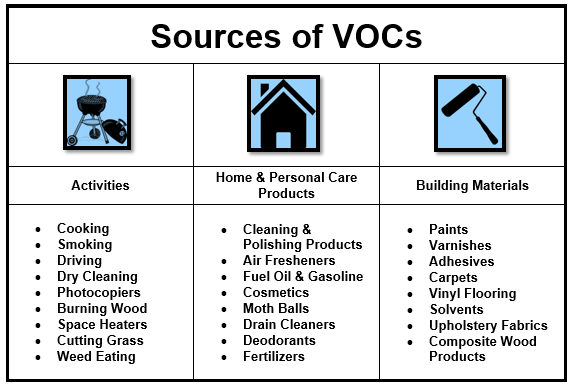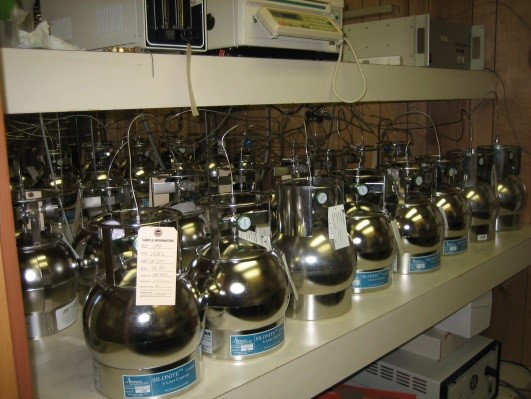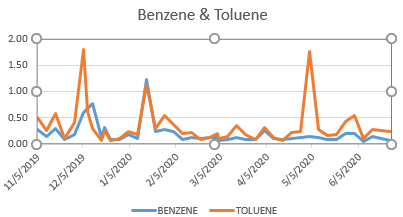 LOUISIANA DEPARTMENT OF ENVIRONMENTAL QUALITY | Secretary Courtney J. Burdette
LOUISIANA DEPARTMENT OF ENVIRONMENTAL QUALITY | Secretary Courtney J. Burdette
 A DEPARTMENT OF THE STATE OF LOUISIANA
A DEPARTMENT OF THE STATE OF LOUISIANA

Volatile Organic Compounds (VOCs) are a large group of chemicals that are prevalent in the air that we breathe because they are used in industry, agriculture, transportation, and day-to-day activities around the home and workplace. Common examples of VOCs that may be present in our daily lives are benzene, ethylene glycol, formaldehyde, methylene chloride, tetrachloroethylene, toluene, xylene, and 1,3-butadiene.
Thousands of VOCs have been manufactured for use—many of these chemicals are toxic and can pose human-health or ecological concerns in the environment. VOCs may or may not be able to be smelled, and smelling is not a good indicator of health risk. You can check the Consumer Product Information Database (CPID) to learn more about what’s in common household items.
VOC Sampling
Ambient air sampling for VOCs involves collecting a representative sample for analysis. There are several different methods that this may be accomplished. The methods that LDEQ uses include:
Our methane/non-methane organic carbon analyzer (NMOC) continuously samples the air directly and provides the results. Methane is an important greenhouse gas and the NMOC represents all of the remaining VOCs in the sample. When the concentration of the NMOC remains at a predetermined concentration, usually 1 ppmC, a canister sample may be triggered and a twenty-five-minute sample will be collected. This is done in an attempt to collect the highest concentrations in order to facilitate the identification of the compounds causing the higher results.
Specially treated and prepared canisters are used for collecting whole air samples for later analysis.
Though sample duration may span several lengths there are four that we primarily use.

VOC Analysis
There are two different analyses conducted on samples taken in canisters. Either or both may be performed.
VOC Data
Canister data collected by LDEQ may be searched from this site:
https://internet.deq.louisiana.gov/portal/DIVISIONS/AIR-MONITORING/CANISTER-DATA
Please see the LDEQ Disclaimer State for Air Quality Canister Data for the LDEQ’s complete disclaimer statement.

